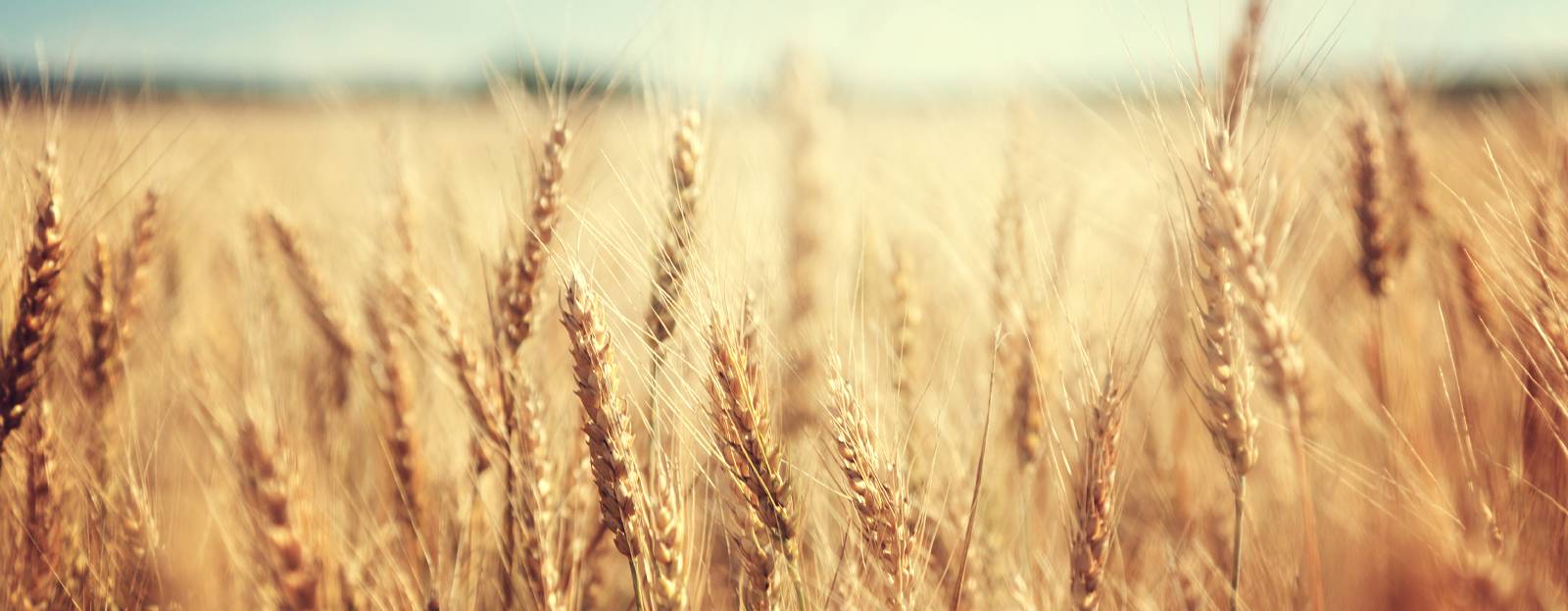
Canadian agriculture stands out for its low carbon emissions compared to global standards, according to comprehensive research by the Global Institute for Food Security (GIFS). This analysis encompassed various facets of farming including transportation, fertilizer use, and crop management across different regions and crops.
The findings indicated that Canadian methods, particularly in Western Canada, are significantly less carbon-intensive. For example, canola production in Canada emits far less carbon per tonne than in Europe. Similarly, non-durum and durum wheat in Canada far surpass the efficiency of these crops in countries like the US, France, and Germany.
Regenerative agricultural practices are a cornerstone of Canada’s success. Techniques such as minimal soil disturbance, robust crop rotations, and the integration of livestock with crop management contribute to this low carbon footprint.
Zero-till farming, which prevents soil disruption, plays a crucial role by keeping nutrients and carbon within the soil, reducing greenhouse gas emissions.
Despite this progress, there are proposals to further reduce carbon emissions from fertilizers by 30%, aligning with reductions in other sectors.
However, such measures could hinder agricultural productivity without significant environmental gain, given the already low emission levels.
An economic study by MNP on behalf of Fertilizer Canada highlighted potential declines in crop yields and financial losses amounting to billions if fertilizer usage were drastically reduced. This underscores the challenge of balancing environmental goals with agricultural viability.
It’s important to realize that farmers are highly motivated to keep costs down by not overusing fertilizer.
MNP says the current practices in Canadian farming not only demonstrate a commitment to environmental stewardship but also ensure food security and economic stability, making stringent new restrictions both unnecessary and potentially harmful.

